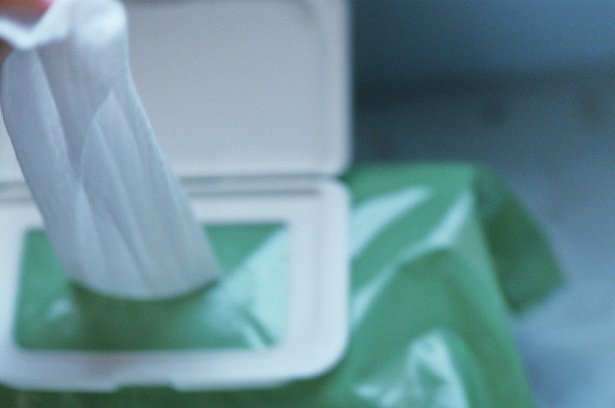
Flushable options with Hydraspun
INDA, the Association of the Nonwoven Fabrics Industry, the National Association of Clean Water Agencies (NACWA), the Water Environment Federation (WEF), and the American Public Works Association (APWA) have agreed to work together to reduce the burden of non-flushable disposable products in the wastewater system. To assist companies with product flushability assessments and to provide guidance on proper labelling, INDA and its European counterpart, EDANA, recently released a Code of Practice for manufacturers and marketers of wipes and other disposable nonwoven products that includes a detailed decision tree to determine the proper labelling of a product.

19th September 2013
Innovation in Textiles
|
Cary, NC
INDA, the Association of the Nonwoven Fabrics Industry, the National Association of Clean Water Agencies (NACWA), the Water Environment Federation (WEF), and the American Public Works Association (APWA) have agreed to work together to reduce the burden of non-flushable disposable products in the wastewater system.
To assist companies with product flushability assessments and to provide guidance on proper labelling, INDA and its European counterpart, EDANA, recently released a Code of Practice for manufacturers and marketers of wipes and other disposable nonwoven products that includes a detailed decision tree to determine the proper labelling of a product.
“Some products are designed to be flushed, while others are not. It is the products that are not designed to be flushed, but get flushed anyway, that are creating the problem for wastewater systems and we are working collaboratively to change this,” said President of INDA, Dave Rousse.
These products have been linked to expensive clogging issues for utilities and can potentially lead to costly sewer back-ups in communities and households across the country. The associations believe that rigorous product assessment before making a flushable claim, along with improved product labelling, would significantly reduce the amount of non-flushable items in the sewer system.
“The problems in the sewer system are caused by the flushing of products that don’t properly break apart in the sewer system – products such as baby wipes, personal care wipes, paper towels, and feminine care products,” commented NACWA Director of Regulatory Affairs, Cynthia Finley.
According to the third Edition Guidance Document for Assessing the Flushability of Nonwoven Disposable Products published by INDA and EDANA, before a flushable claim can be made for products intended to be flushed, the product should be subjected to the seven rigorous tests.
If a product is not designed to be flushed, but used in a manner where the consumer might flush it nonetheless, then the Code of Practice prescribes that the product packaging should display the Do Not Flush logo prominently and of a minimum size or larger.
“INDA’s new Guidelines demonstrate continued progress for determining flushability,” commented Manager of WEF’s Water Science & Engineering Center, Christine Radke. “We also believe that the Guidelines could be further improved to ensure that flushable wipes break apart more rapidly and, therefore, are more sewer-friendly.”
“Prominent use of the Do Not Flush logo on package labels represents a viable path forward for educating consumers and reducing the amount on non-flushable items in the wastewater system,” said Director of Sustainability at APWA, Julia Anastasio. “We are excited to see more brand owners using the Do Not Flush logo, with some even using the logo on the top of packaging where it is easily seen by consumers each time they use the product.”
“We welcome the support of NACWA, WEF, and APWA and look forward to continuing our dialogue as we tackle this problem together. We all support good product stewardship and doing what’s right for the environment. That includes making sure that products that claim to be flushable will not harm the sewer system, and educating consumers on proper disposal by ensuring that disposable products not designed to be flushed are properly labelled with the Do Not Flush logo,” said Rousse.

Business intelligence for the fibre, textiles and apparel industries: technologies, innovations, markets, investments, trade policy, sourcing, strategy...
Find out more